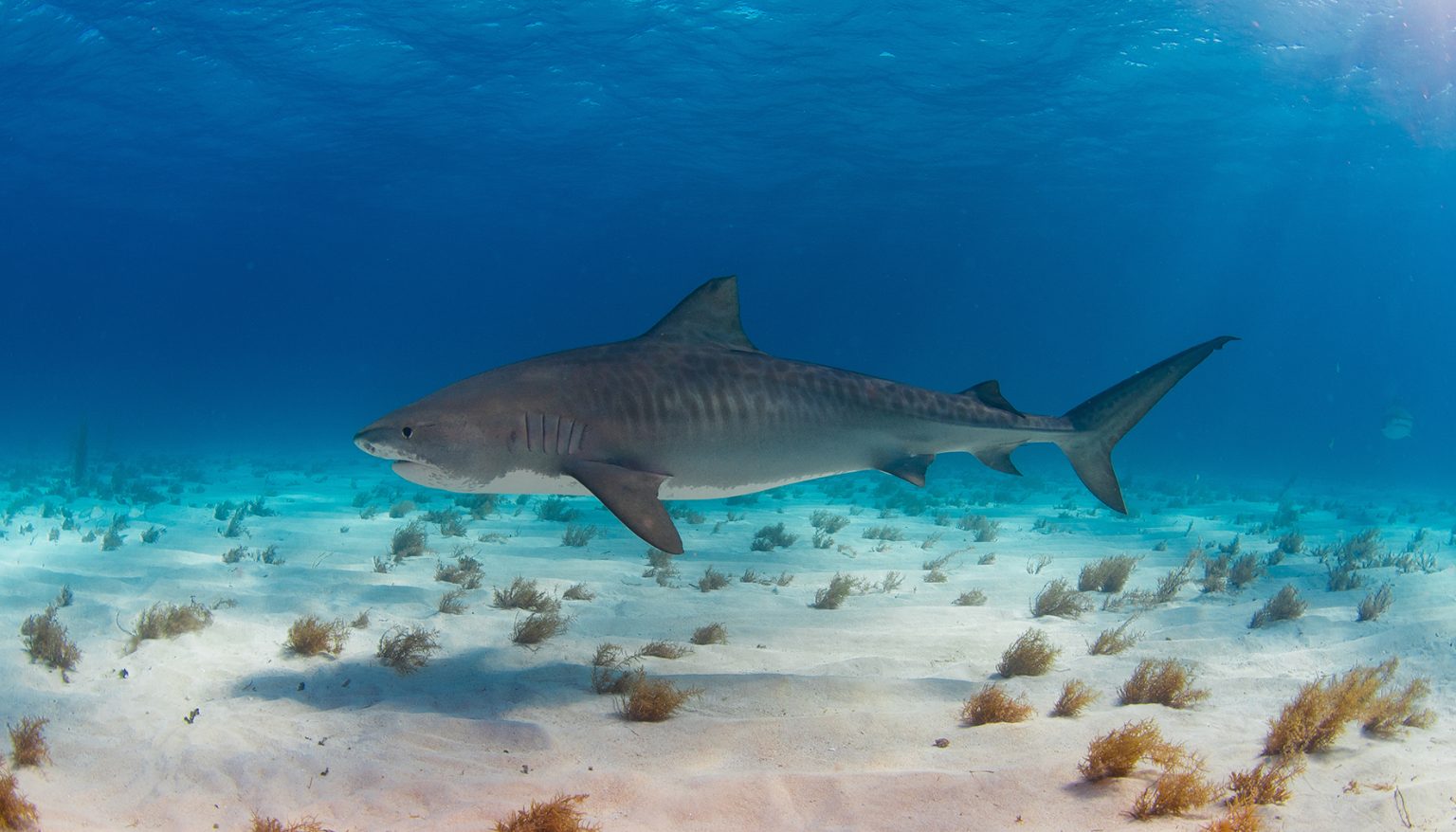Scientists Examined Ancient Shark Teeth To Get A Glimpse Into What The Marine Ecosystem Was Like In The Past

In 1996, archaeologists hurriedly conducted excavations at a 13th-century coastal fishing site on Santa Catarina Island in southern Brazil before construction for a condo development began.
They collected a variety of artifacts, including tools, pottery, and animal remains, which are now housed in the museum at the Federal University of Santa Catarina. Today, the historical site is located beneath a beachfront property that sees a lot of activity.
Around 750 to 500 years ago, Indigenous peoples used that very same area for fishing. They often caught sharks and would butcher the fish before hauling them away.
The hunters usually left the shark heads behind, allowing modern-day experts a glimpse of what the marine ecosystem was like in the past.
The museum contains teeth from at least eight different shark species, providing a treasure trove of information.
A team of researchers compared the excavated teeth to modern shark teeth from the same region. They used a method called stable isotope analysis to determine the differences between the sharks’ diets and environment.
Shark teeth have collagen, a protein that includes elements like nitrogen and carbon, which are obtained from food. Higher nitrogen isotope values point to a diet of carnivorous or herbivorous prey rather than plants.
The researchers found that different types of sharks were feeding on many types of creatures that were on the same level of the food web.
That means if one kind of fish were to disappear, the sharks would still have plenty of others to choose from. It was a sign of a resilient ecosystem.
yoshinori – stock.adobe.com – illustrative purposes only
Sign up for Chip Chick’s newsletter and get stories like this delivered to your inbox.
In comparison, the ecosystem of today is less resilient. Modern sharks in Brazil are eating all kinds of prey from different levels of the food web.
This may be because the number of fish species has declined, so sharks have become less picky about what they’re snacking on.
When researchers centered their focus on one particular species—the sand tiger shark—they discovered that it had gotten bumped up in the food chain over time.
Now, it’s one of the top predators in the ecosystem. There aren’t as many sand tiger sharks left to compete for food, so they are all aiming for bigger and better prey that is higher up on the food chain. In 2018, sand tiger sharks in Brazil were declared critically endangered due to overfishing.
However, it is unclear whether overfishing is what actually caused the sharks’ diets to shift. Stable isotope analysis can only show what changes have occurred.
It can’t explain why they happened. Without further research, scientists can’t say for sure why sharks are eating differently now than they were hundreds of years ago.
The change in the marine ecosystem is worth looking into more deeply as the planet’s climate warms at an unprecedented rate.
Welcome to Billionaire Club Co LLC, your gateway to a brand-new social media experience! Sign up today and dive into over 10,000 fresh daily articles and videos curated just for your enjoyment. Enjoy the ad free experience, unlimited content interactions, and get that coveted blue check verification—all for just $1 a month!
Account Frozen
Your account is frozen. You can still view content but cannot interact with it.
Please go to your settings to update your account status.
Open Profile Settings